The Roots of Contemporary Conflicts II: Israel: The Jews in Biblical Times
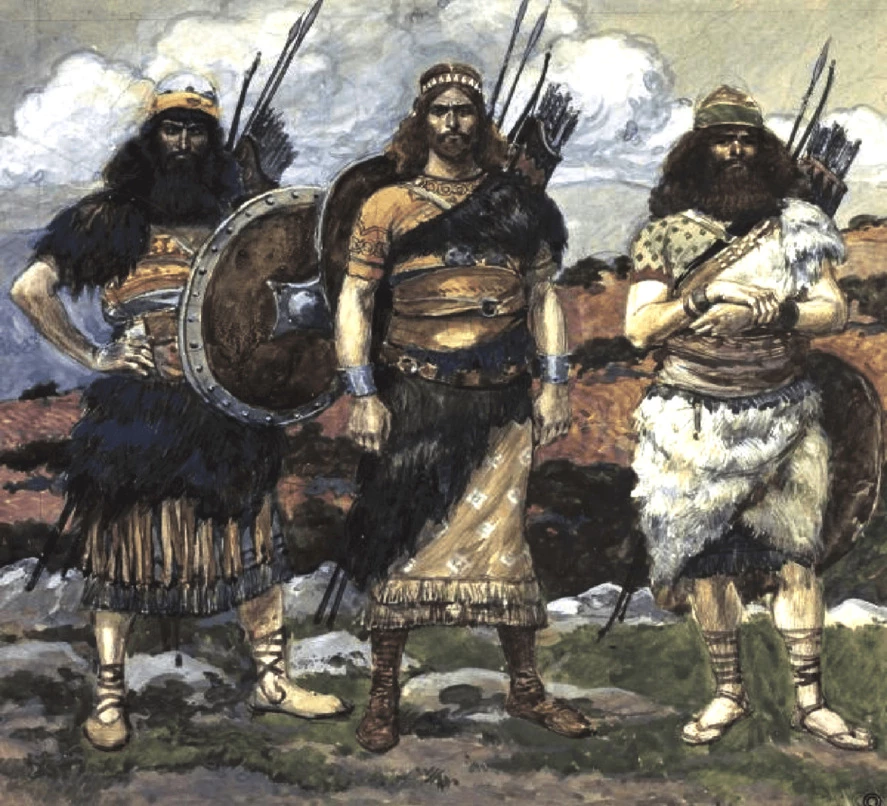
In recent years, the Middle (or Near) East region has been ravaged by conflicts. Unfortunately, this region was never exactly peaceful in the course of history. Let's start in the Old Testament ...
Contents
The existence of “Israeli people” and “Israel” was already reported by the ancient Egyptians in 1209 BC, during the reign of Pharaoh Merenptah, son of Ramesses II. In addition, within a century of Solomon's reign (approximately between 962 and 922 BC), Assyrian inscriptions, and later Persian, Greek and Roman texts, also confirm the truth of the events reported in the Bible. However, it is also true that the books of the Old Testament were often written much later than the events reported in it happened.
The Jews in the Ancient Times
If the Jews actually stayed in Egypt, we can assume that they were familiar with the local cults, rituals, and Egyptian deities. Other things were, most likely, adopted during the “Babylonian Captivity” from the Babylonians. The Jews turned to Babylonian practices - we can’t tell what nature this captivity had, but the Jews lived in Babylon, and when they left it, they returned to a less developed region. After the Edict of Cyrus (538 BC), many Jews returned to the Land of Judah, but most decided to remain in Babylon.
The Bible also reports that the Jews spent 40 years wandering in the Desert. This was supposed to purge polytheistic religions and foreign practices from the minds of the Jewish people. The goal was to achieve religious unity.
But the truth is, the Jews were under the strong influence of the surrounding nations even after they returned to Palestine. They were neither politically free, nor did they achieve religious unity and freedom. They constantly had to face Oriental, Babylonian and Parthian influences. Their life was heavily influenced by the Babylonians, who were replaced by the Persians in 536-331 BC.
Jews And the Foreign Cultures
Later, Jews living both in the diaspora (exile), and in Palestine itself, were heavily impacted by the Hellenistic culture. Palestine itself was invaded by the armies of Alexander the Great, then the Jews found themselves under the rule of the Syrians. Antiochus IV. even forbade their religious practices. His short-lived reign was interrupted by the Maccabean Revolt. In 142 BC, the so called “Hasmonean Period” started - a period of Jewish rule in Judea. After that, the Jews were ruled by the Romans, who deposed the ruling Hasmonean dynasty and declared Herod the Great “King of the Jews”.
The roman-jewish tension resulted in wars. In 70 AD, the Romans destroyed the temple in Jerusalem and looted its contents. Some of their legions remained stationed there. After supressing the Bar Kokhba revolt, which was a large-scale rebellion initiated by the Jews, the Romans founded the city Aelia Capitolina on the ruins of Jerusalem. The name Jerusalem did not reappear until the 4th century AD, when Christianity had already spread in Rome and its empire and became the official religion.
The Early Israeli Army
The Israeli army in the so-called Period of Judges was actually a militia of adult men, summoned only in times of need. Lack of training and the necessary manpower resulted in their avoiding direct battles and employing mainly guerrilla tactics such as individual attacks and night raids.
Biblical texts, especially the books of Joshua and Judges (written many centuries after the events they describe) give us a more detailed record of how their army was organized. According to these books, the Israel consisted of two kingdoms: Israel and Judah. These kingdoms further consisted of 12 tribes descended from the 12 sons of Jacob who escaped Egyptian captivity and conquered the land of Canaan.
Each tribe provided a militia of able-bodied men. These groups, selected as suitable for battle, went through some training. It was not, however, a stable army as we know it today. These men were not full-time soldiers - they only answered the call when summoned in times of need.
Each clan could leave or change sides as they wished. This is how the Israeli army was initially organized. The clans were often motivated by their own self-interest, which often meant meaningless deaths of many.
However, this system could be problematic for leaders who were trying to gather a larger military force and keep it together. This happened to Deborah - the only female Judge in the history of Israel. She instructed her top general, Barak, to summon 10,000 men and attack the army of Jabin - the Canaanite King ruling over Israel at that time.
The advantage of a militia is that the men go to fight with the motivation to protect their homes and families. However, this model does not work well in prolonged military conflicts. It could easily happen that, at the harvest time, men simply put down their weapons and returned home to gather the crops.
The army consisted of 4 main groups: spearmen, swordsmen, archers and slingers. The weapons used by these groups can be divided into two categories: weapons for close combat, and ranged weapons.
War Chariots and the Warrior Elite
War chariot and infantry of the Mitanni Kingdom (Arre Caballo!)
The elite soldiers of the Near East in Old Testament times used war chariots. The Israelite war chariot ( merkavah) was similar to the Egyptian chariot: it was light, two-wheeled, drawn by a pair of horses; the crew consisted of a driver and an archer.
The skills of chariot drivers and archers, protected by heavy bronze scale-armour, were greatly developed in the Hurrian and then in the Mitanni armies. They even impacted warfare in the neighbouring countries. The Mitanni ruler had bodyguards of about 10 elite charioteers, the so-called shepi sharri (“the feet of the king”).
A unit of similar size was also deployed in battle to protect his son. Their armour consisted of 1,000 bronze scales, and helmet consisted of 200 bronze scales. The weight of such armour could reach up to 24 kg.
The bronze, or rarely iron, helmets had a long tip on the top, the shape designed to deflect projectiles, with holes along the edges for attaching leather or felt linings.
David and Goliath: the Magnificent Duel
The fight between David and Goliath (Evangelical Church Česká Třebová, Czech Republic)
The Old Testament contains a story featuring a sling that hasn’t been forgotten until today. At the end of the 11th century BC, another war between the Israelites and the Philistines was about to take place. The greatest threat to the Israelites was the Philistine champion - the giant Goliath. The giant in heavy armour constantly called his enemies to fight him. All the Israelite warriors were afraid of him, nobody dared to accept his challenge.
And then a young man called David stepped up. He refused to use an armour offered to him. He only chose to use his sling. Clumsy Goliath did not expect such an agile and unusual opponent. David hurled a stone from his sling and hit Goliath in the centre of his forehead.David outwitted Goliath, won the duel, and the Philistines, who had lost their champion, retreated from the battlefield.
The slingers, like the other lightweight units, wore no protective armour. We don't know if they had any type of head protection, but if they did, it was certainly nothing worthy of mentioning. They might have used a cap or hat that didn't limit their view or movement. They wore solid footwear suitable for moving over complex terrain. Additionally, they carried a dagger, the last-resort weapon in case they had to fight face to face.
Ancient military sandals
King David's Guard
In Egypt and Israel, we have reports of warriors from the so-called “Sea Peoples”. A large number of these Philistines served King David. The Bible mentions 600 Philistines from Gath who served as David's bodyguard under the command of an officer named Ittai. They seem to have been some of the most loyal servants of this monarch.
The kingdom of Israel in the time of David
The central illustration depicts Israelite warriors of the earliest period (from the archives of E. Pachta).

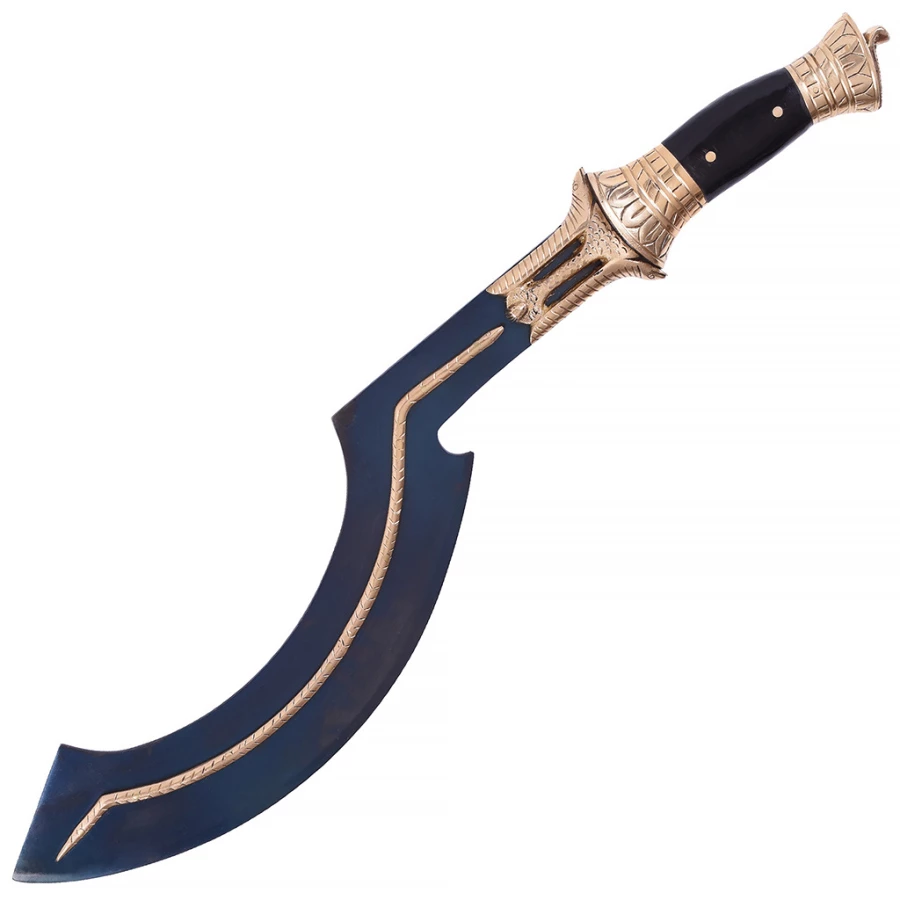
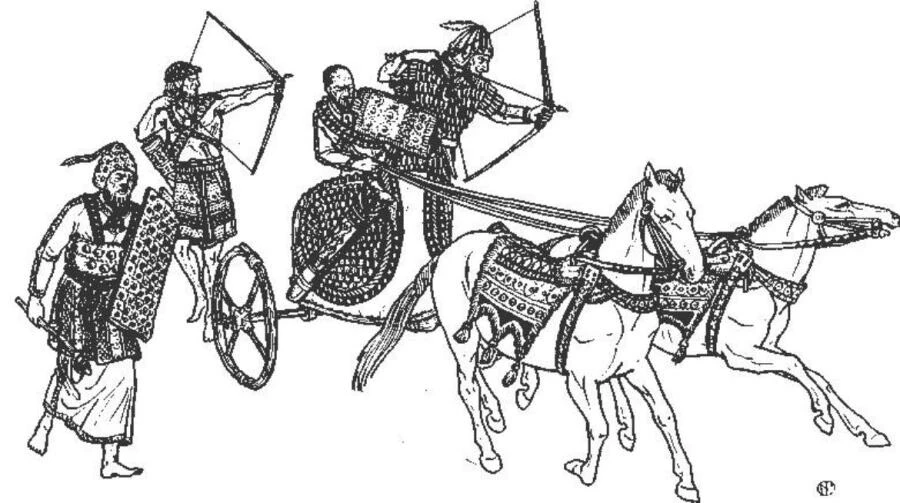

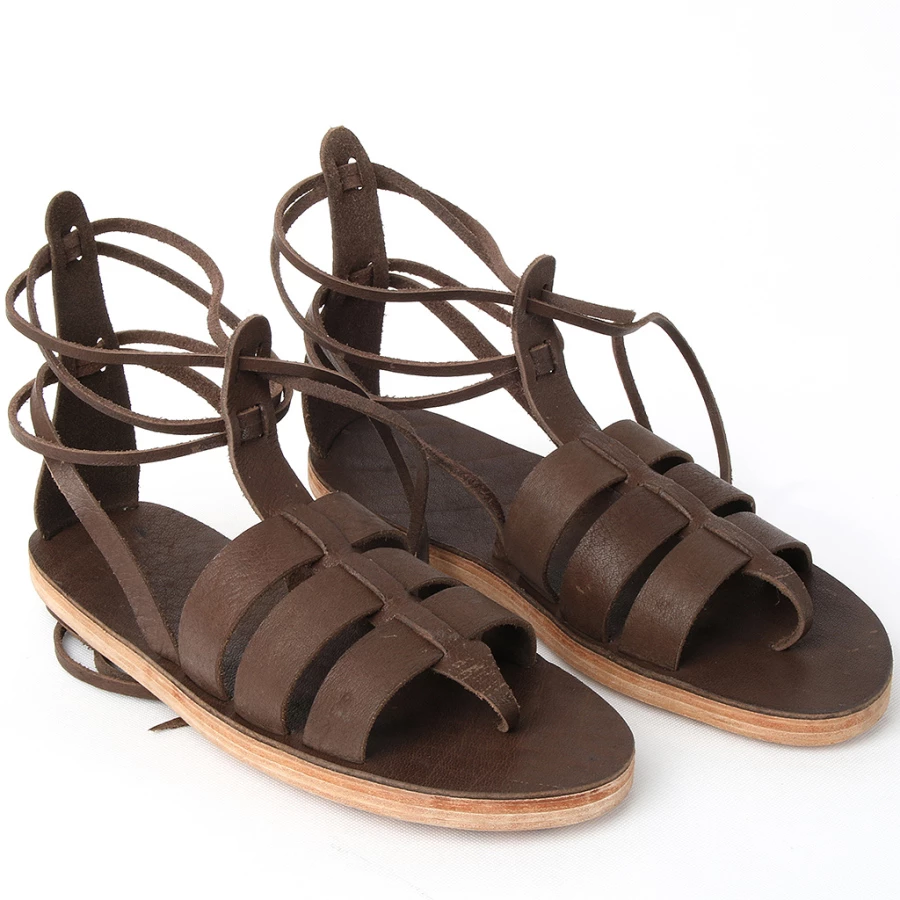
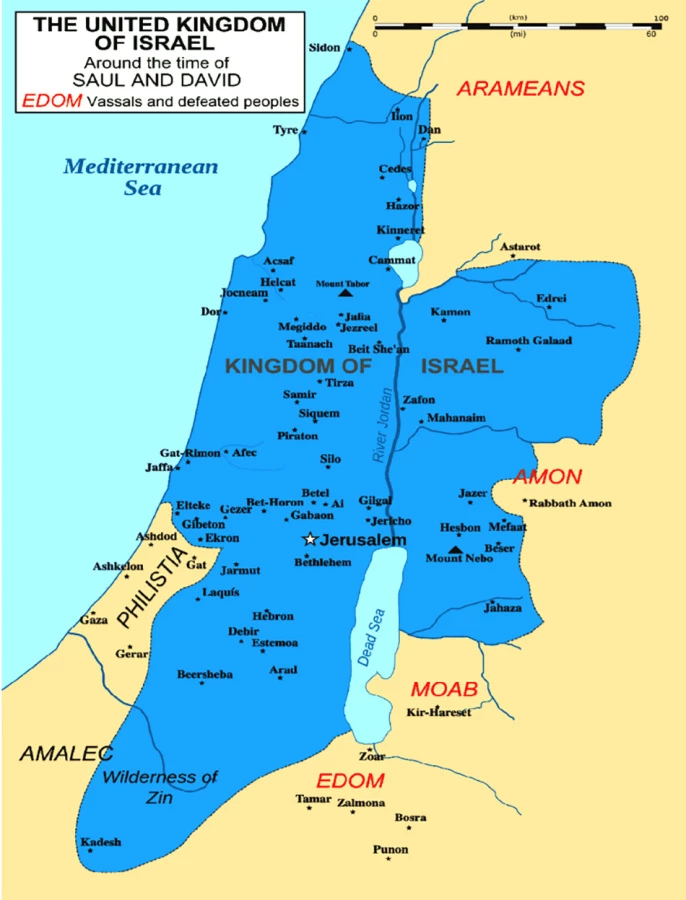
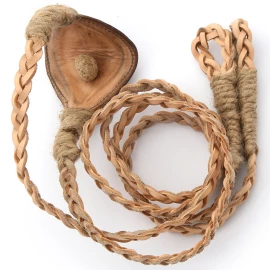

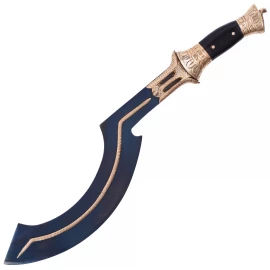
Comments